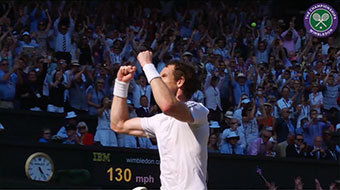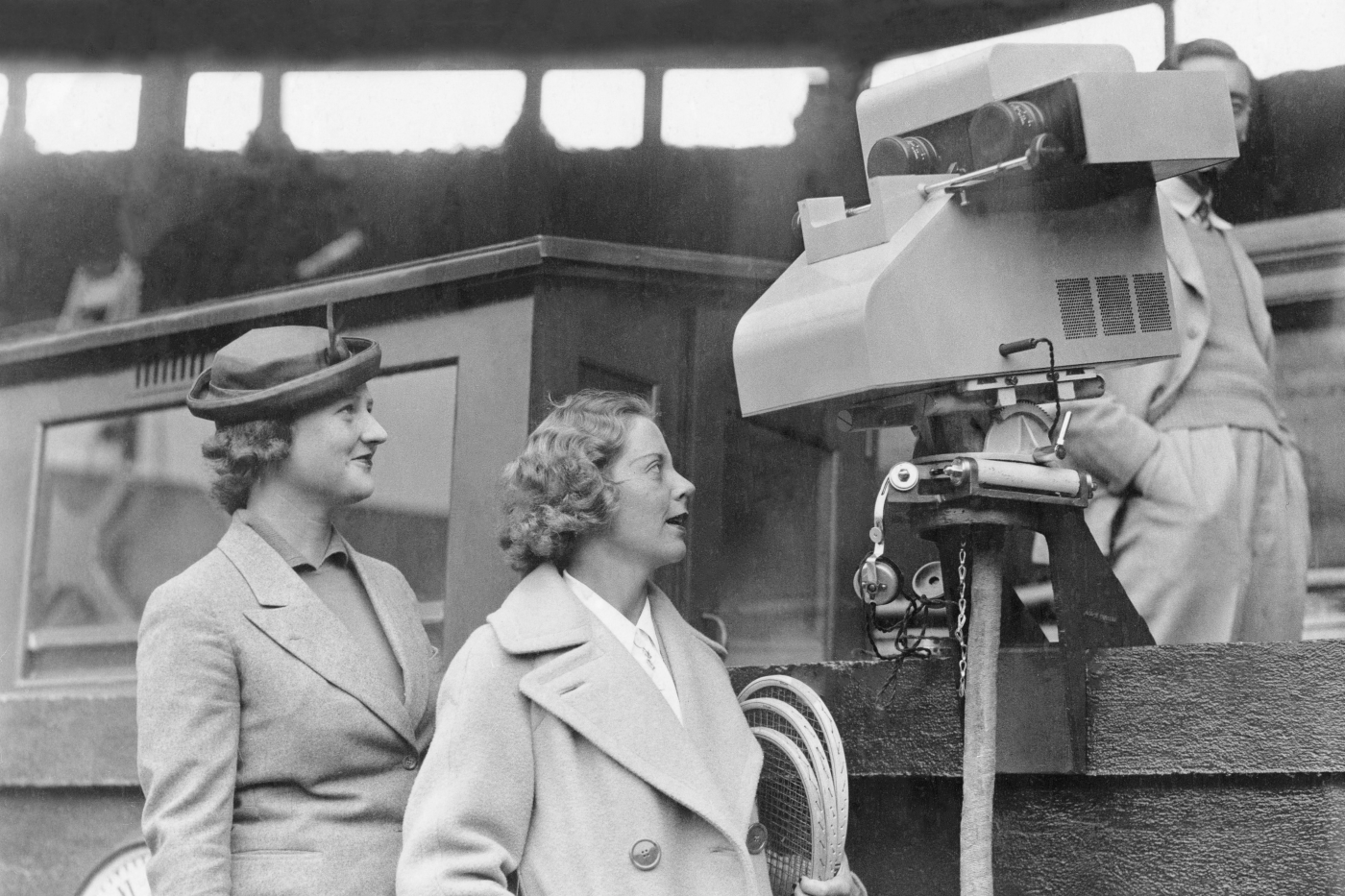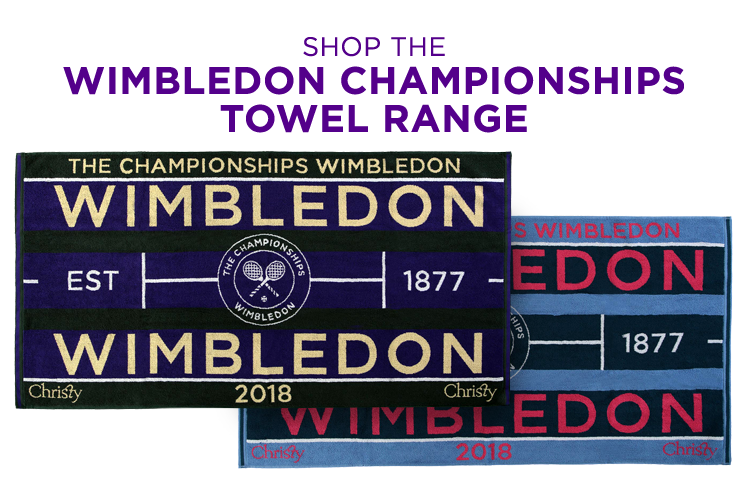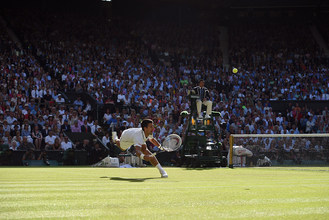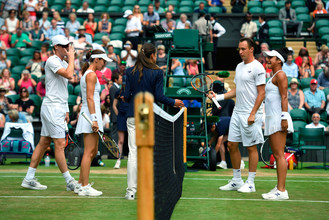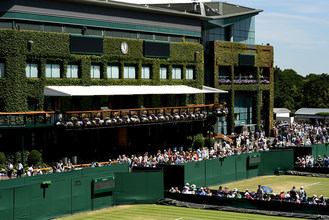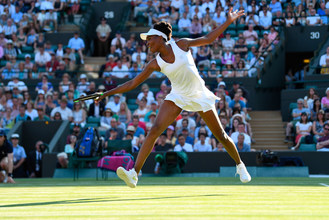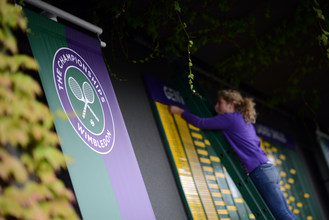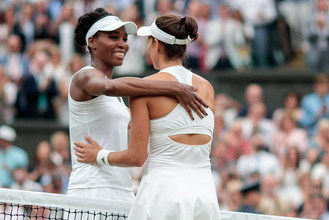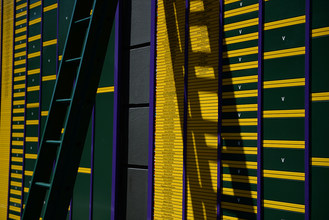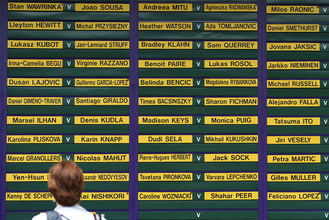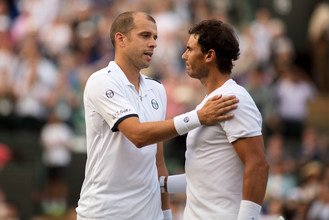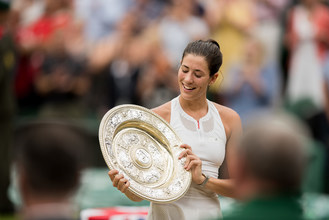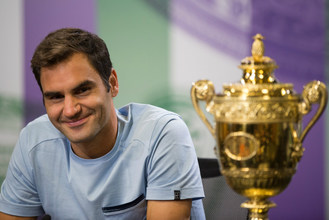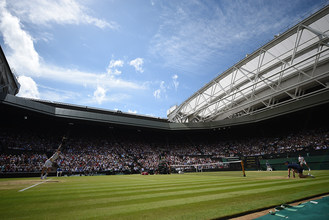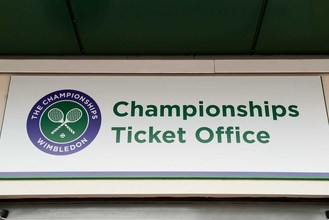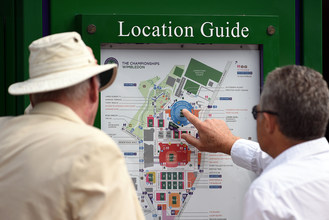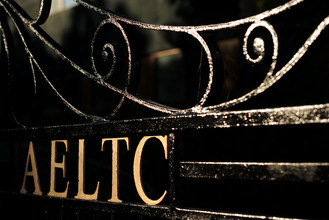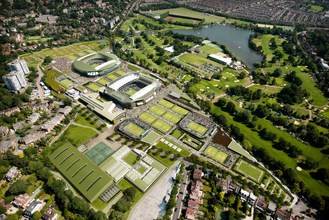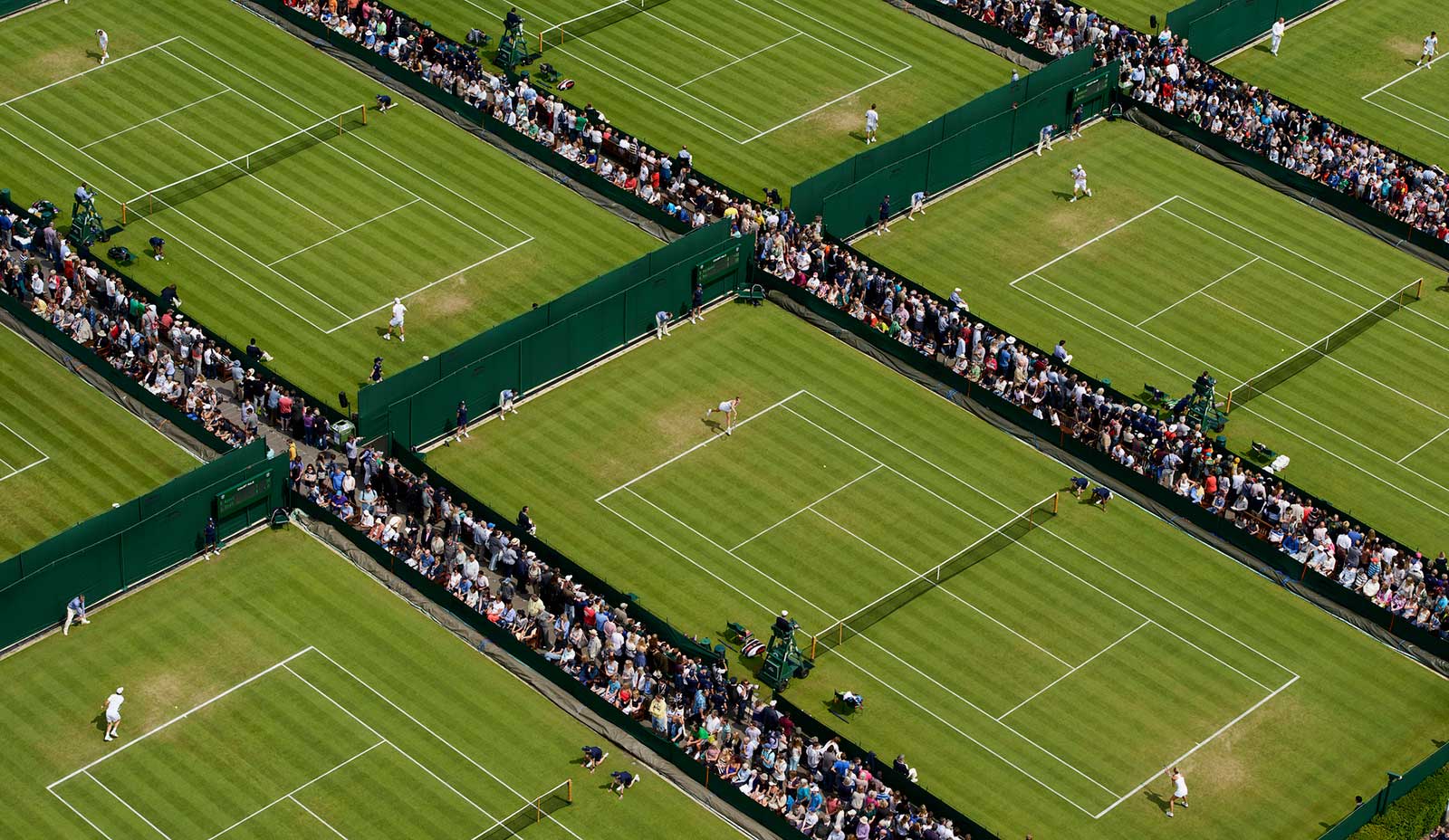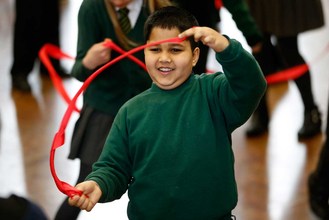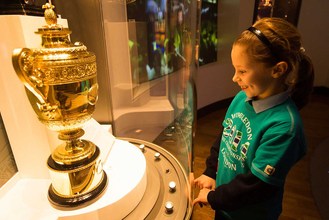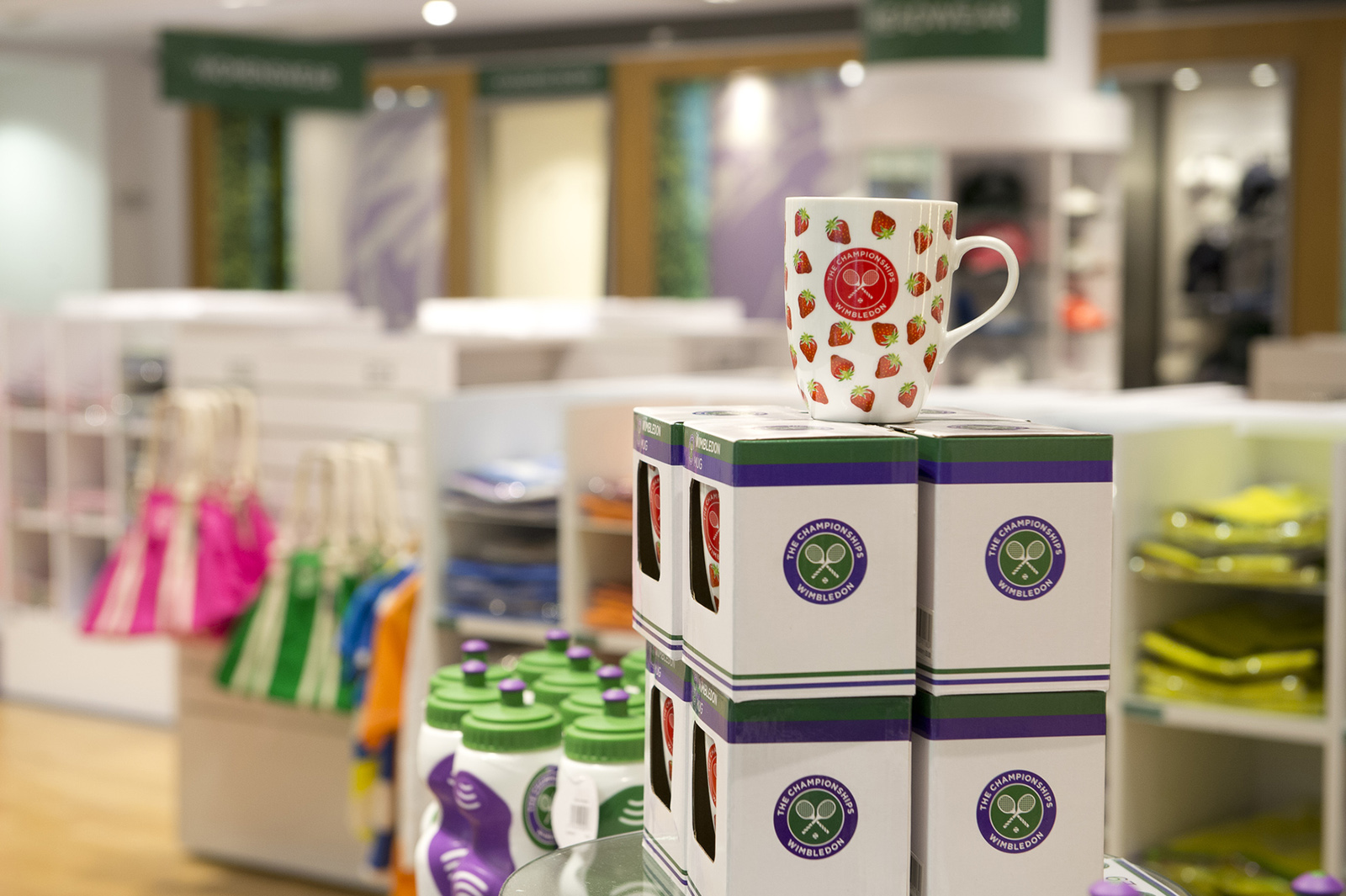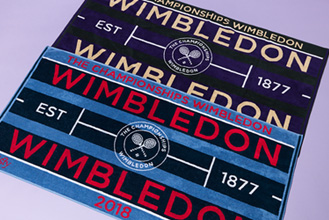There are many reasons to reflect on The Championships of 1937. Eighty years on, it is an appropriate time to recall that this was a year when British entries in the gentlemen’s singles outnumbered overseas entries for the last time, when Donald Budge became the first man ever to win the gentlemen’s singles, gentlemen’s doubles and mixed doubles in the same year, and when Dorothy Round became the last Briton for 24 years to win the ladies’ singles title.
Yet of all the reasons why The Championships of 1937 were historically significant, perhaps the most important is the fact that it was the first year that the world’s most famous tennis tournament was televised. The BBC had broadcast The Championships on radio for the first time 10 years earlier, but in 1937 the corporation’s fledgling television service started live coverage of matches. It was a great technological breakthrough, though doubts as to whether it would work consistently meant that the coverage was not even listed in the “Radio Times”.
It seemed at the time that few were aware of the huge significance of the televising of The Championships, perhaps because not many people in the country had televisions. Lieutenant-Colonel Duncan Macauley, the assistant referee and a later secretary of the All England Club, devoted just one short paragraph to the TV coverage in his book, “Behind the Scenes at Wimbledon”, saying it was “interesting to note that 1937 was the first year in which there was any television at Wimbledon”. However, he also added: “It started in a purely experimental way and later grew to vast proportions, enabling millions of people to see the tennis who might otherwise have been debarred from so doing.”
Interest in The Championships was high in the late 1930s. Between 1910 and 1933 there had been no British winner of the gentlemen’s singles, but Fred Perry’s hat-trick of victories between 1934 and 1936 had reignited home interest. It was fitting that the first televised match involved the best British player of the time following Perry’s decision to turn professional. Henry “Bunny” Austin had played in the 1932 final, losing to Ellsworth Vines, and would reach the final again in 1938, this time losing to Budge. He would be the last British finalist in the gentlemen’s singles until Andy Murray 74 years later.
In 1937 Austin was the only Briton among the eight seeds. George Lyttleton Rogers was his first round opponent in the first match to be televised and their encounter must have provided quite a spectacle for the TV cameras. Rogers, a 6ft 6in Irishman, was the tallest player of his day and his huge serve clearly troubled Austin in the early stages before the Briton won 3-6, 8-6, 6-1, 6-2. Austin dropped only one more set en route to the semi-finals, in which Gottfried Von Cramm beat him 8-6, 6-3, 12-14, 6-1.
Austin was one of 65 home players in the 128-strong draw for the gentlemen’s singles that year. Although the proportion of overseas players had generally been growing each year, the number of British men in 1937 was actually an increase of 13 from the previous year, making it the first time since 1932 – and the last time ever - that the home contingent outnumbered the visitors. One of the major reasons for this was a new regulation allowing late withdrawals, usually by overseas players, to be replaced by “lucky losers” from the final round of qualifying.
The ladies’ singles in 1937 had an even more unbalanced look, the draw featuring 75 British players, 22 from overseas and 31 byes. It would not be until 1954 that overseas players would be in a majority in the draw for the ladies’ singles.
Of the 75 home competitors in the ladies’ singles in 1937, only two reached the quarter-finals. Peggy Scriven, twice a champion at Roland Garros, made it to the last eight for the fourth time in seven years before losing 1-6, 2-6 to Jadwiga Jedrzejowska.
Round, who would be the last home singles champion before Angela Mortimer in 1961, swept through the bottom half of the draw in emphatic style. In her first five matches she did not concede a set and indeed dropped a total of just 15 games. In the quarter-finals the champion of 1934 beat Helen Jacobs, the No.1 seed, 6-4, 6-2. She followed that with a 6-4, 6-0 victory over France’s Simone Mathieu, who went on to win the ladies’ doubles alongside Britain’s Billie Yorke.
Jedrzejowska, a big-hitting Pole, had beaten Alice Marble 8-6, 6-2 in a hard-fought semi-final and provided the sternest of tests for Round in the final. Jedrzejowska led 4-2 in the deciding set before Round rallied to win five of the last six games. “It was a combination of mental determination and perfect physical condition which carried Dorothy through to victory,” Macauley wrote.
Just as in the ladies’ singles, seven of the eight men’s seeds made it to the quarter-finals. The exception was Czechoslovakia’s Roderich Menzel, who lost in five sets to the 1933 champion, Jack Crawford, in the opening round. Crawford’s omission from the seedings list had been a surprise to many and the Australian eventually reached the last eight before losing to Von Cramm.
Von Cramm, an elegant stroke-maker and fluent mover, was one of the finest players never to win Wimbledon. The German had the misfortune to run into either Perry or Budge in his three successive appearances in the final. Perry had beaten him in straight sets in 1935 and 1936 and Budge repeated the treatment in 1937, winning 6-3, 6-4, 6-2. Budge, who had lost to Von Cramm and Perry in the semi-finals on his only two previous appearances at The Championships in 1935 and 1936, dropped just one set en route to the 1937 final, to his fellow American, Frankie Parker.
Budge’s Wimbledon triumph was the start of the greatest run in the history of men’s tennis. He won six Grand Slam tournaments in succession, beginning with Wimbledon in 1937 and culminating in his becoming the first man ever to win a pure calendar-year Grand Slam of the sport’s four major titles in 1938.
John Barrett summed up Budge’s outstanding talent in his official history of Wimbledon: “His great strength was his powerful backhand, basically a flat drive hit with lift and taken early, in which he had tremendous confidence. Allied to a fearsome serve, a good forehand and a fine volley, he was the complete all-rounder.”
Budge was also a fine doubles player and within 24 hours of his victory over Von Cramm had added both the gentlemen’s doubles and mixed doubles titles. Budge and Gene Mako had to come from two sets down to overcome Von Cramm and Henner Henkel in the semi-finals before beating Britain’s Pat Hughes and Raymond Tuckey 6-0, 6-4, 6-8, 6-1 in the final. In the mixed doubles Budge and Marble beat Yvon Petra and Mathieu 6-4, 6-1 in the final.
Remarkably, Budge would repeat his clean sweep of Wimbledon titles the following year. The only other men who have won all three titles in the same year are Bobby Riggs (1939) and Frank Sedgman (1952).

